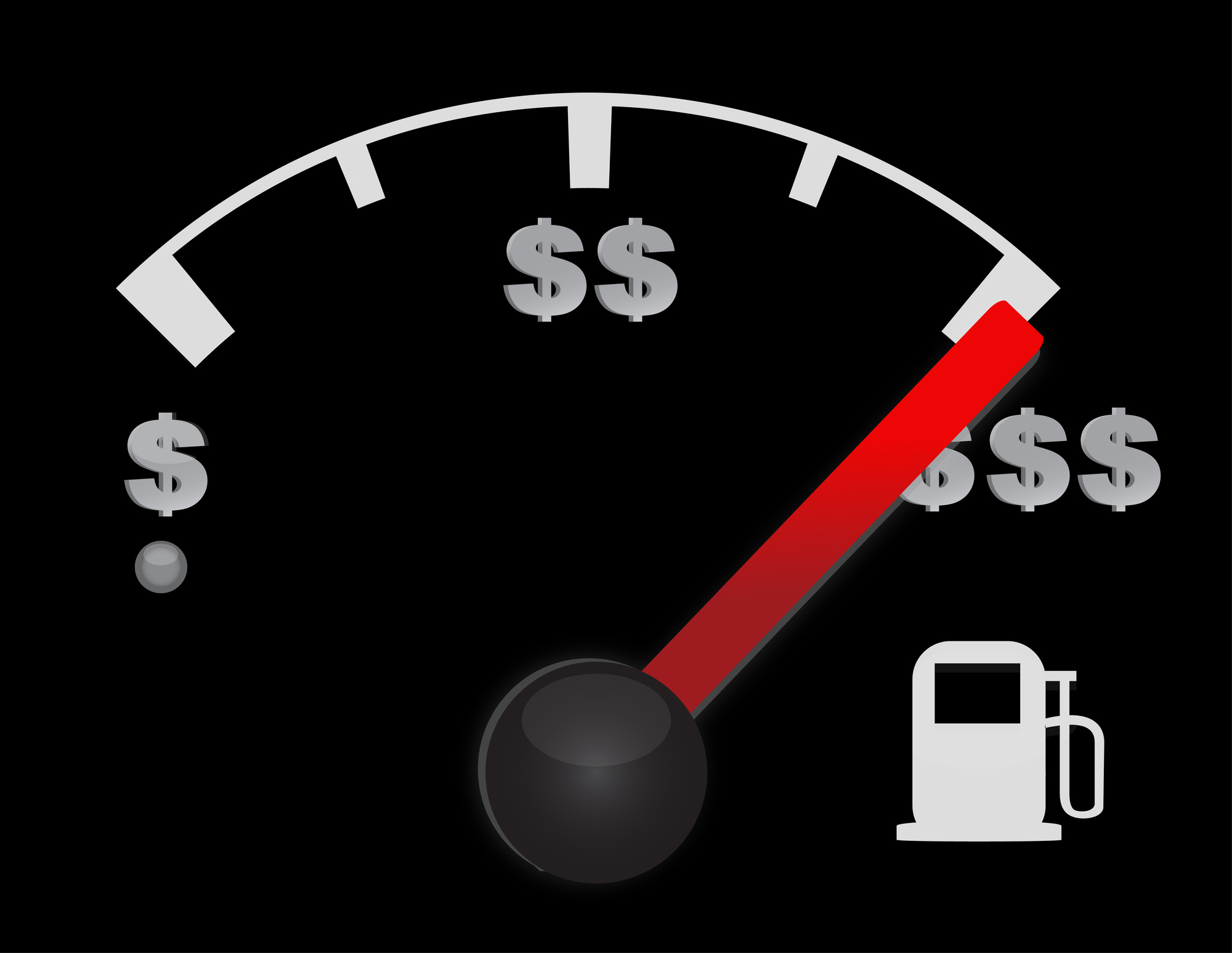Most people estimate their fuel costs based on the average amount they pay per trip to the gas pump. However, there’s a more effective way to manage your car’s gas bill. Let’s face it, if you have to drive you might as well get more bang for your buck.
The average commuting cost is $2,600 per year. Although you can’t control gas prices, you can certainly budget your fuel expenses.
Are you interested in learning how to calculate gas mileage? If so, this article has you covered!
How to Calculate Gas Mileage
The price of gas fluctuates constantly, which is a concern for many. The information below provides a breakdown of how to calculate gas mileage and improve fuel economy.
Learn Your Vehicle’s Gas Tank Capacity
Your vehicle’s gas tank capacity can be found in the owner’s manual. Most vehicle’s tank capacity is approximately 10 gallons for small cars and 40 gallons for trucks and SUVs.
Fill Up Your Tank
Fill your tank up completely. When you turn the engine back on, make sure the tank gauge shows that it’s full. To ensure that the tank is full, let the gas pump keep going by itself. It’ll stop once your vehicle is at capacity.
Examine the Gas Pump
When you look at the pump prices, pay attention to the number of gallons you bought. The pump should show you the exact amount of gallons purchased down to the hundredth of a gallon.
That number should be close to the tank capacity in your owner’s manual. Be sure to jot that amount down. If the pump you’re using doesn’t have that feature, don’t worry. Dividing the amount of your gas cost by the price per gallon also provides the number.
Set Your Odometer
The odometer is generally located on a vehicle’s dashboard. To set it, push the long stick-shaped button that’s near the RPM gauge or speedometer. Be sure to do this step immediately after filling your tank and before you start driving.
Drive Your Vehicle as Usual
Drive your vehicle as you normally would, and let the tank get close to empty. Once your gas light comes on, make a note of the current odometer reading.
Gas Mileage Calculation
Are you wondering how do you calculate gas mileage? Well, it’s quite simple. Here’s how:
1. Write down the miles driven from your odometer. You can also get it by subtracting the starting odometer reading from the new one.
2. Divide the miles driven by the number of gallons required to refill the tank. The figure you get is the average miles per gallon yield for that travel period.
Calculating Your Rate of Gas
Now that you’ve learned the number of miles per gallon your vehicle can drive, go a step further. Use that number to determine how much it costs to drive your car per distance measured. Take the average cost you spend per gallon and divide it by the number you got by calculating the mpg. Check out the formula below:
price per gallon miles per gallon=price per mile
Once you’ve run the numbers, the amount you get is the cost to travel per unit of measure. Multiply that price by the distance of your daily miles. Doing so will tell you how much a trip costs in your ride.
How to Calculate Miles Per Gallon for a Trip
If you’re planning a trip, you might be undecided between driving or flying. Although most people assume driving is cheaper, that’s not always the case. Depending on average gas prices and your vehicle’s mpg, a road trip could be expensive—especially if you’re traveling lots of miles. So, how much does a trip cost? Here’s how to find out:
- Know your vehicle’s miles per gallon ratio
- Calculate the distance of your road trip in miles
- Divide the driving distance by your miles per gallon to figure out the total gallons needed
- Multiply the total gallons required by the current gas prices
Speaking of long road trips, Watchcard fueling cards are a great option for businesses. Apply Now!
How to Get the Most Out of Your Gas Tank
There are a few driving habits that’ll help you save on gas. Things like hard braking and an accelerated engine starts increases fuel consumption. Try to monitor traffic, and avoid driving in conditions that require constant braking. Also, it’s better to accelerate slowly, then go into high gear quickly thereafter.
Another helpful tip is to not speed. It’s hard not to do sometimes but it’ll preserve your gas tank. Fuel consumption can rise by nearly 20% while speeding. Driving 50mph instead of 60 mph is better for gas mileage.
If your car has cruise control, use it! When you’re driving for long periods, cruise control can save you a lot of money. It’ll keep your vehicle operating at an even pace throughout your trip. However, if you’re riding through areas with lots of hills, don’t use it. It takes more out of your vehicle to go up an incline while in cruise mode.
Driving on a Budget
Are you ready to hit the road? Now that you know how to calculate gas mileage, saving on fuel costs should be easier. Remember to drive your car in a way that’s fuel-efficient, and take advantage of available resources. There are apps that will show you which gas stations have the cheapest gas. That’s a great way to save money!
How did you like this article? If you’re interested in learning more, browse our other content. Our website covers lots of informative topics regarding vehicles. Give us a read!

